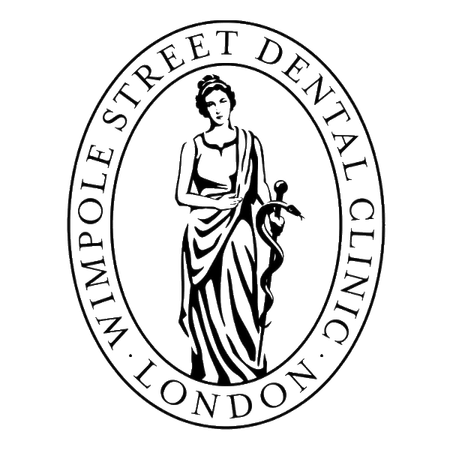Conditions
Tooth Decay
The habitual, pressured and prolonged but unconscious rubbing of your teeth against each other, often accompanied by the clenching of your jaw, is referred to as teeth grinding or bruxism.

What is tooth decay?
Tooth decay is the breakdown of tooth substance due to acids produced by certain bacteria. This gradually leads to cavities inside of the teeth and if left untreated can reach the dental pulp, which causes excruciating pain, and it eventually destroys the tooth.
Decay can be undetected by the patient until the very last stages so it requires an early diagnosis in order to save as much healthy tooth substance as possible.
Symptoms of tooth decay
- Someone experiencing tooth decay is likely not aware of it as, most of the times, it does not cause symptoms, unless it’s very extensive.
- Sensitivity to cold, sweet or acidic food may be experienced, as decay exposes the dentine.
- Broken or chipped teeth, when the enamel caves inside of the decayed dentine.
- Bad breath
- Unpleasant taste in the mouth
- Tooth discolouration – an initial lesion appears as chalky white but then it progresses into brown and eventually turns into a cavity.
- Gum inflammation
What causes tooth decay?
Tooth decay is the result of acids produced by specific bacteria when they breakdown the carbohydrates from the diet. The acids produce mineral breakdown and if the saliva cannot neutralise it, it will lead to cavitation. Simple sugars are a primary energy source for these bacteria so a diet rich in sugars is a major risk factor. Tooth decay is also accelerated by inadequate oral hygiene as dental plaque will make it easier for the bacteria to stick to the teeth.
Prevent the onset of tooth decay with an optimised oral hygiene routine practised at home and complemented by regular professional teeth cleaning appointments with your dental hygienist in addition to six monthly check-ups with your dentist. Ensure that you know the correct brushing and flossing techniques and familiarise yourself with the best dental care products available. Ask a member of our expert team in clinic if you have any questions. Rethink your mealtime choices to reduce the intake of simple carbs.
How to treat tooth decay
- If on its initial stage, tooth decay can be arrested as a consequence of improvements in diet and oral hygiene
- As it doesn’t cause much symptoms, decay is one of the reasons your dentist takes regular radiographs of your teeth, so that the lesions can be detected on an early stage.
- Your dentist may consider the use of a high-fluoride preparation to re-mineralise your teeth if the tooth decay is mild
- If a cavity has already been formed and well into the dentine, decay should be removed, the tooth cleaned and the cavity then sealed with a tooth filling. It is essential that this procedure is done using high magnification and rubber dam.
- If the decay is extensive enough, ceramic inlay/onlay may be recommended to reconstruct the tooth.
- If left undiagnosed or untreated, deep-reaching tooth decay may irreversibly affect the pulp (nerve) of the tooth, which would then require root canal treatment. Root canal treated teeth will often then need cusp coverage, meaning the tooth should be restored with an overlay or a crown.
- Without dental intervention, tooth decay can ultimately lead to the total and irreversible dissolution of the tooth, which would then need to be extracted.
Visiting your dentist on a regular basis ensures that tooth decay does not require complex intervention so don’t miss your routine examinations.
New page design
Written by: Prof Dr Christian Mehl
Medically reviewed by: Dr Raul Costa
Original content created
Written by: Prof Dr Christian Mehl
Medically reviewed by: Dr Raul Costa
Wimpole St Dental Clinic has strict sourcing guidelines and relies on peer-reviewed studies, academic research institutions, and medical associations. We avoid using tertiary references. You can learn more about how we ensure our content is accurate and current by reading our editorial policy.















